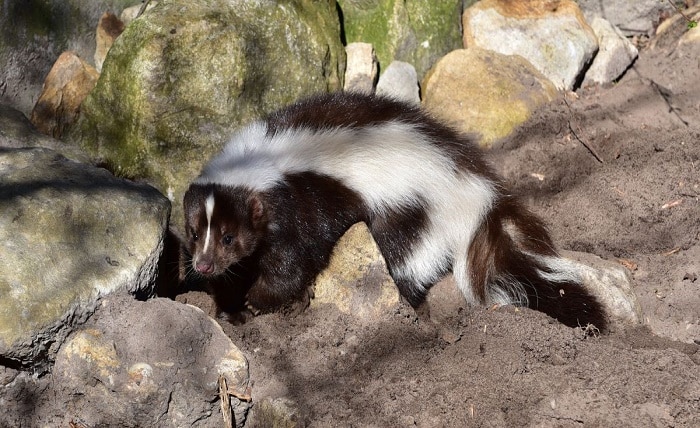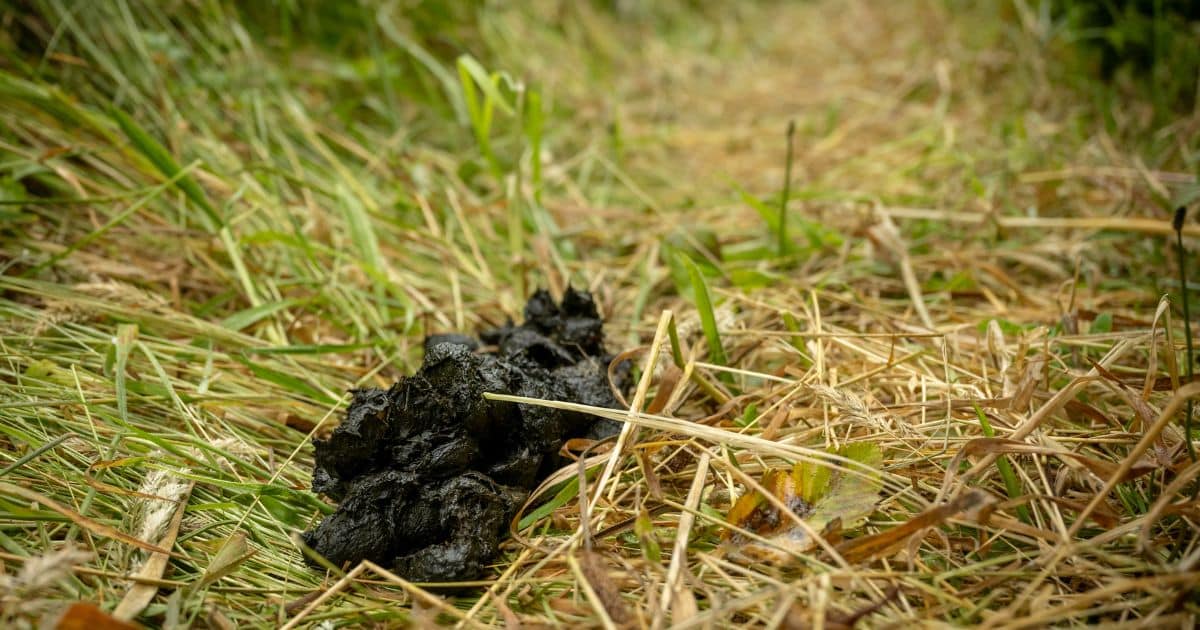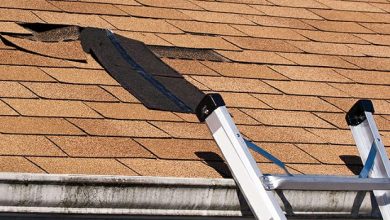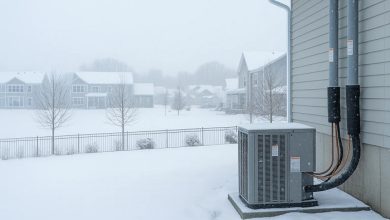
Identifying skunk poop can be essential for understanding wildlife activity in your area. Skunks are common in many regions, and their droppings can provide useful information about diet and behavior. Skunk poop is typically dark brown to black, often with a twisted, tubular shape and a pungent smell, helping you differentiate it from that of other animals.
When you come across droppings, look for the presence of undigested seeds or insect remains, which are common in skunk feces. This helps confirm that you are indeed dealing with skunk poop. Recognizing these characteristics can aid in monitoring skunk populations and their impact on the local ecosystem.
Understanding how to identify skunk poop is not just for wildlife enthusiasts; it can help with pest control and property management. By learning the signs, you can take appropriate steps to address concerns regarding skunk presence or damage in your yard or garden.
Identifying Skunk Droppings

Recognizing skunk droppings is crucial for understanding the presence of wildlife in your area. You can effectively identify skunk feces by observing their unique visual characteristics, preferred habitats, and differentiating features from those of other animals.
Visual Characteristics
Skunk poop typically measures between 1-2 inches in length and is segmented, resembling a cylindrical shape. The droppings are often dark brown to black and contain undigested food, such as seeds or fur.
You may notice a distinct, pungent odor, similar to a skunk’s spray. This smell can vary depending on the skunk’s diet. The texture can be soft or firm, depending on hydration levels and diet.
Location and Habitat Indicators
Skunks are predominantly nocturnal and prefer areas with dense cover, such as suburban gardens, woodlands, and farmland. Droppings often appear along trails, near burrows, or food sources like garbage or compost piles.
Look for signs of digging or overturned soil around the droppings, which may indicate foraging behavior. Droppings in these locations can help confirm skunk activity in your area.
Comparison with Other Wildlife Scat
When distinguishing skunk droppings from those of other animals, consider size and shape. For instance, raccoon scats are generally larger, about 2-3 inches long, and often have a coarser texture due to a different diet.
Coyote droppings are thinner and elongated, often found in open areas rather than dense cover. Bear scat is significantly larger and contains larger remnants of food.
To aid in identification, create a comparison table or reference sheet of droppings from various wildlife species in your region. This resource can enhance your ability to identify skunk droppings accurately in the wild.
Skunk Behavior and Dropping Patterns
Understanding skunk behavior and their droppings can provide insight into their presence and activities in your area. Specific patterns in their behavior directly influence the characteristics of their scat, revealing important details about their feeding, seasonal changes, and territorial habits.
Seasonal Behavior
Skunks exhibit distinct behavioral patterns throughout the seasons. During spring and summer, they are more active, especially at dusk and dawn, when they forage for food. In winter, skunks may enter a state of torpor, reducing their activity levels significantly.
Knowing the seasonal patterns of skunks can aid in identifying their droppings. In warmer months, their scat tends to be more frequent and shows variability in appearance due to different food sources. In colder months, you might notice a decrease in droppings as skunks rely on stored fat reserves.
Feeding Habits and Feces
Skunks are omnivorous and consume various foods, including insects, fruits, and small rodents. This diverse diet is reflected in their droppings. Skunk scat generally appears tubular, often measuring about 2-3 inches long. Depending on their recent meals, the color may vary from dark brown to greenish.
Skunk droppings often correlate with local wildlife activity in urban areas like Dallas. Areas with abundant insects or fruit-bearing plants will attract skunks, increasing fecal matter in those regions.
Skunk Scat and Territory Marking
Skunks use their droppings to communicate, marking territory and signaling presence to other skunks. You can often find their scat near the edges of their territory or along travel routes. The droppings serve not just as waste but also as a marker that conveys information about food sources and reproductive status.
As a homeowner, spotting skunk feces can alert you to their territory. Territories may vary in size depending on food availability and population density. Skunk scat can become more concentrated in heightened urban environments, indicating larger populations and increased wildlife interactions in areas such as Dallas.
Impacts of Skunk Presence
Skunks can significantly affect your property and health in various ways. Understanding these impacts helps you take necessary precautions and mitigate risks associated with their presence.
Property Damage and Prevention
Skunk feces can indicate their presence and can lead to various property damages. They often dig in gardens, searching for insects or bulbs, resulting in disturbed soil and damaged plants.
Skunks also may use your yard as a latrine, creating unsightly messes. Their droppings can attract other pests, leading to increased property issues. To prevent skunks from causing damage, consider the following:
- Secure trash cans: Use animal-proof containers to deter skunks from foraging.
- Fencing: Install a strong fence, at least three feet high, to block access to your garden.
- Remove attractants: Clear pet food, fallen fruit, or birdseed that might draw skunks.
If you have property damage from skunks, call Critter Stop at (214) 234-2616 for a free inspection.
Health Risks and Sanitation Concerns
Skunk poop poses health risks, primarily due to the potential for parasites and bacteria. Feces can harbor pathogens like leptospirosis and roundworms, which can be transmitted to pets and humans.
Improper sanitation can lead to the spread of these diseases. If you find skunk droppings, using protective gear while cleaning is vital. Here are safety tips:
- Wear gloves: Protect yourself from direct contact.
- Use disinfectants: Clean areas thoroughly with appropriate cleaning solutions.
- Dispose properly: Seal waste in plastic bags and throw it away securely.
Taking these measures is essential for health safety. Critter Stop can assist you with professional wildlife removal to ensure your home remains safe. Their fantastic reputation and customer reviews reflect their commitment to high-quality work and excellent customer service.




